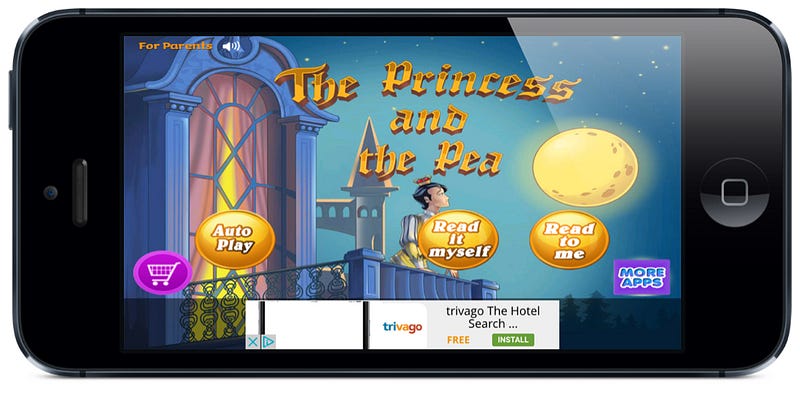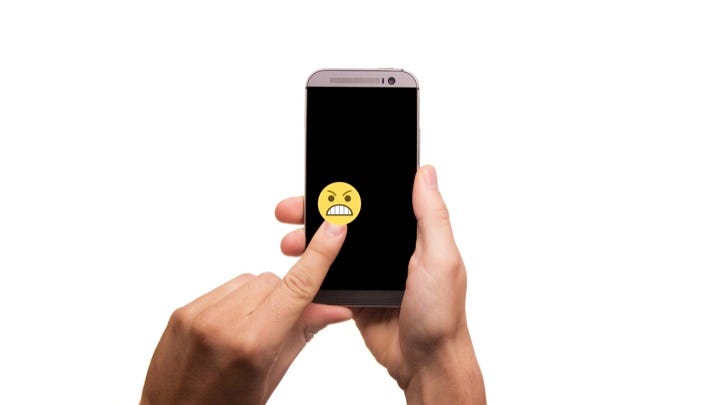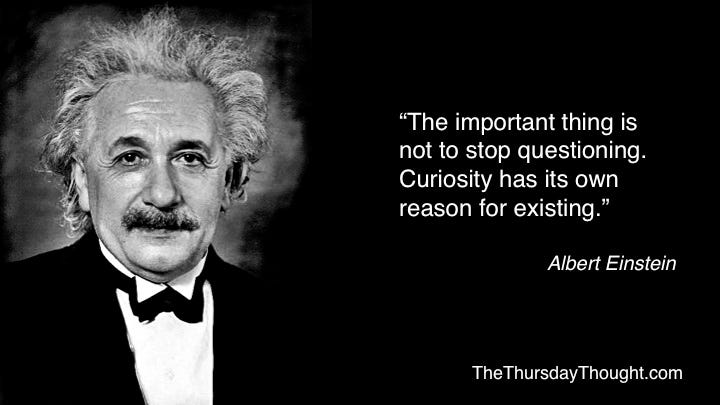
Clayton Christensen, author and professor at Harvard Business School tells a great story about some work his team was doing to innovate the Milkshake.
A major fast food chain was hoping to boost sales of milkshakes. They asked lots of questions of the quintessential milkshake consumer.
Questions included should they thicken the shake? Should they make it more chunky, more chewy or even add more chocolate?
Questions included should they thicken the shake? Should they make it more chunky, more chewy or even add more chocolate?
When they made all these suggested changes for the consumers they had no impact and sales did not improve.
Hiring the Milkshake

One Christensen’s team decided to ask a different question.
“What job do consumers hire the Milkshake to do?”
Now the team started looking at the challenge differently, they sat and observed a varied set of milkshake consumers. They examined what time did they buy milkshakes, what were they wearing, were they on the way to work, were they alone, did they buy as part of a meal deal etc.
It turned out 50% were sold before 8am, the buyer was alone, it was the only thing they bought and the buyer took the milkshake away with them in the car.
On day 2, the team stood outside the restaurant and asked the milkshake consumers why they bought the milkshakes. It turned out the reason they “hired” the milkshake was always the same.
Every customer had a long and boring drive ahead. Every customer had to have one hand on the wheel as they drove. Every customer needed to “hire” something to alleviate the boredom and make the drive pass a little quicker and a little more agreeably. In addition, every customer wanted something that was more substantial and more filling than an alternative snack. (It makes me ask the question what happens to this use case for milkshakes and what is the future for in-car radio listening, when cars become autonomous? More on the latter in a future post.)
Once you understand why customers “hire” your product, that makes improvement easier.
Madware

I have to admit, sometimes I “hire” apps — like the one above — to give me a few minutes to drink a coffee or read a blog post when I spend the whole day with my young sons.
Game and app developers are aware that the parent is the gatekeeper when buying apps. Developers are also aware that parents are “hiring’ apps to occupy their children for a period of time while they do anything from watch a TV show to clean the kitchen.
Most apps are monetised using the freemium model. They are free, but they are ad supported.
Ad supported apps are monetised by intrusive mobile device ads, known as “Madware”.
Madware was coined by security firm Symantec and is a portmanteau combining the words mobile and adware.
Fat Fingers and The Nuisance Factor

When you have “hired” an app for a child (to buy a few moments to yourself) the last thing you need is the child calling you over every few minutes. The reason you are called over is that the frustrated child has inadvertently tapped on an intrusive ad. The child has often landed in the app store (clicking on what is called an app install ad) or an external website advertised from within the app. When this happens it is known as Fat Finger.
Fat Finger refers to accidental clicks, but these clicks are not an accident, they are baked in to the user experience as a nuisance factor.
Due to huge competition developers need to offer the app free to get users to download and sample their app. Once downloaded, they have the chance to impress users and hopefully get them hooked, as we discovered in a previous Thursday Thought.
Developers will make more money by selling apps, than monetising them through advertising. The display advertising market for non-premium content demands low CPMs (cost per mille/thousand ads served).
Display advertising is under huge threat from the growth of ad blocking software and browsers (as we explored on this blog a few weeks back and on the innovation show).
In order to show some return on investment developers have to introduce a nuisance factor. In this case, the user experience is interrupted by fat finger and intrusive pop-up ads often enough that the exasperated parent (gatekeeper to paying for the app) will give in and purchase the full version of the app in order to hire it. In my case hiring the app to entertain my son.
The Question Is Where The Real Value Is

I spoke to CEO and Founder of the Artificial Intelligence Agent company X.ai, the excellent Dennis Mortensen (an upcoming guest on the innovation show) .
I am a beta user of the X.ai main product Amy Ingram, a personal assistant who schedules meetings for you. Amy organises and manages my diary and my appointments. It is a fantastic experience.
Mortensen foresees a world awash with artificial agents like Amy. He believes employers will not only employ people with great networks, but they will employ people who cleverly use great technology and are thus more productive. People who maximise their time will come at a premium.
When I suggested to Mortensen that, in a world where Ai will replace a lot of rote computational tasks, the creative, outside-the-box thinker will stand tall, he put it this way.
It used to be that most of the value in the workplace was in the answer. I ask you a question and you spend the next 2 days doing the analysis and come back with the answer and get rewarded for that answer. Such as is the margin of the customer on the west coast greater than the margin of the customer on the east coast. Whether that is a good question or not you will report it. The future is one where you will be rewarded for the question, because the answer will come cheap.The question is where the real value is.
The future is one where you will be rewarded for the question. — Dennis Mortensen
Asking (The Right) Questions
Our regular contributor to the innovation show, Chief Imagination Officer of Business Imagination Studio Katawave, Barry Winkless is a proponent of asking the right questions.
In this case, asking the questions companies won’t ask of themselves. Indeed, it means often asking questions that companies do not even consider nor want to consider. It means showing companies glimpses of the future and several ways that the future will transpire.
When you consider your product as something a user, consumer, audience member hires that makes you think differently about how you imagine your product.
It makes you think differently about how you can improve it.
It makes you ask the right questions.
If you liked this post, please hit the heart button so others will see it.
You may also like The Innovation Show.
On Saturday August 20th we talk to Enda Madden, Tech Entrepreneur, Founder of ACE Health.
Paul Price, CEO and founder tells us about Big Red Button.
Finally, we chat to Paul O’Connell CEO and founder of Uprise Festival.